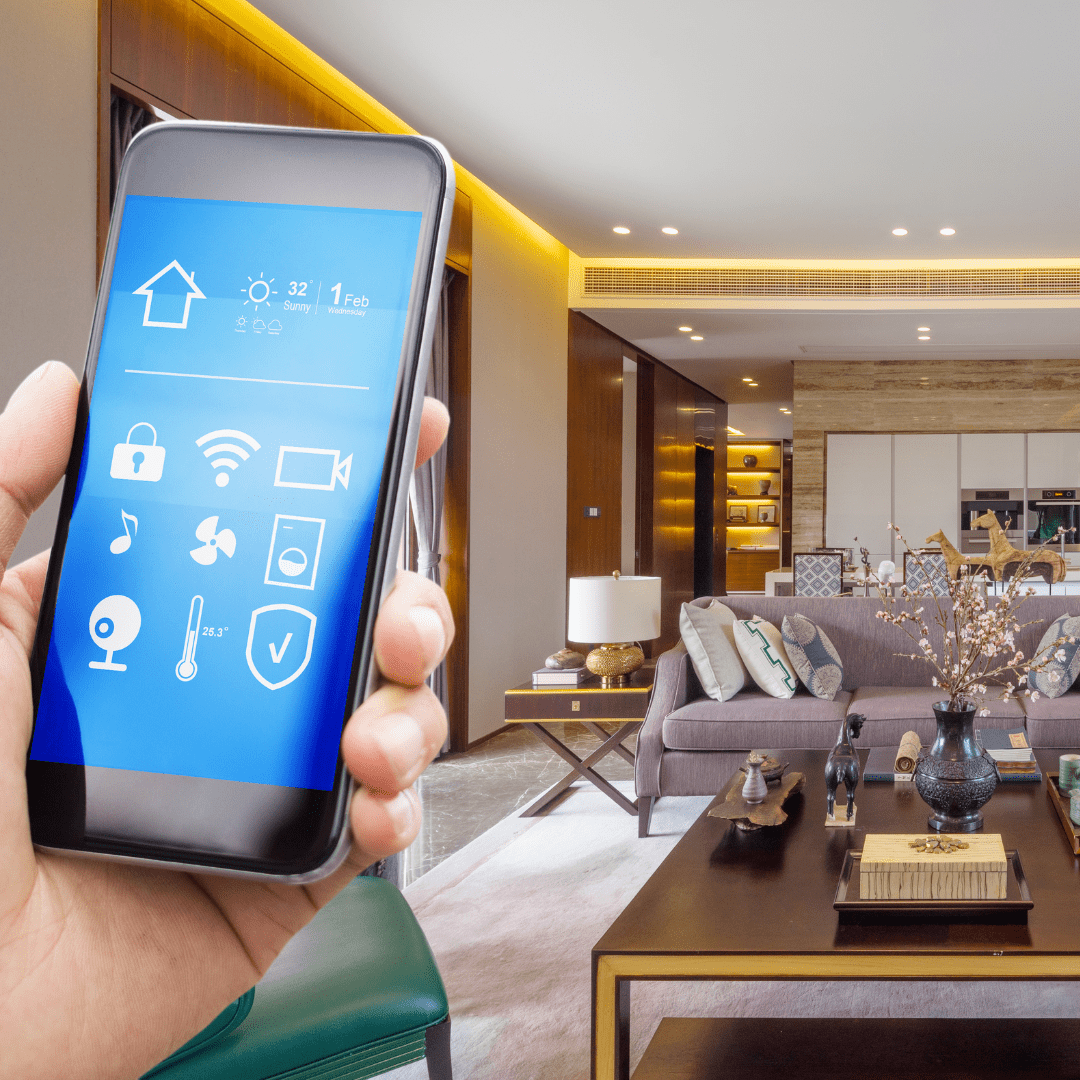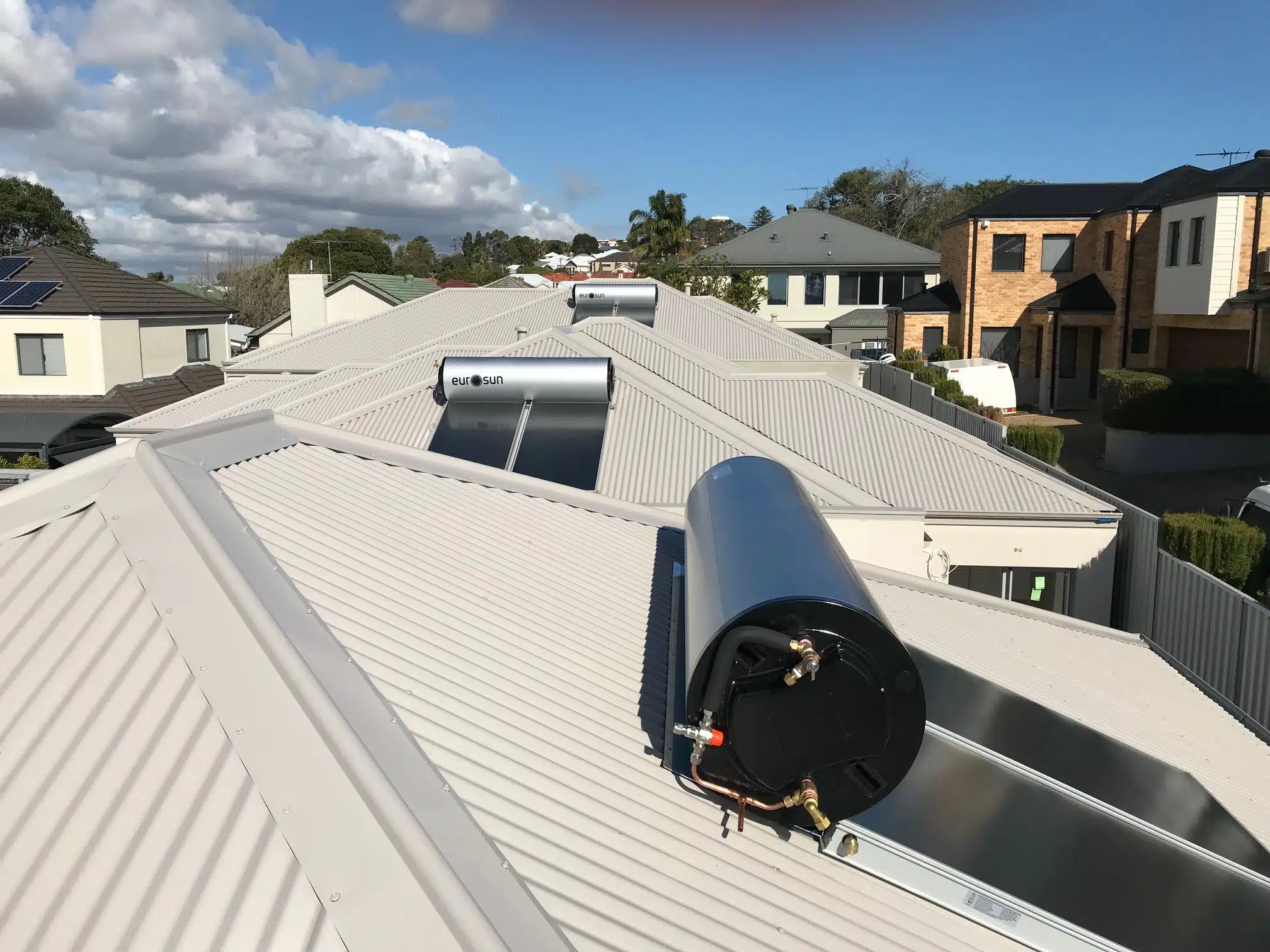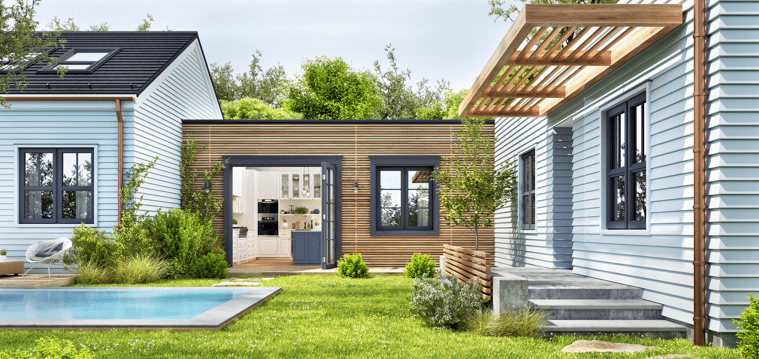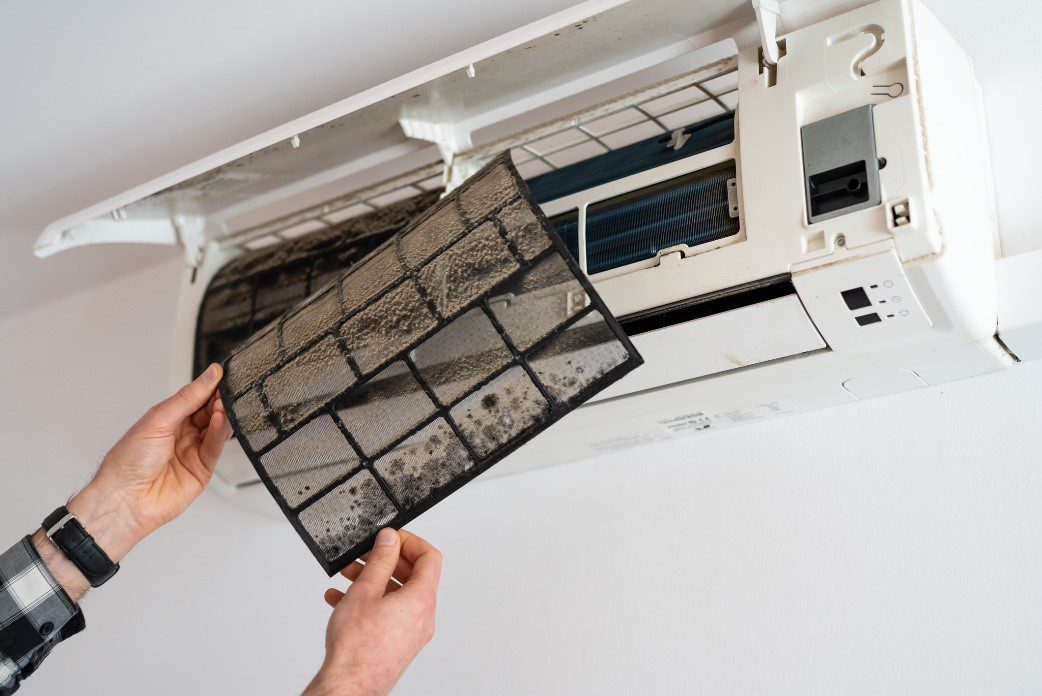As the world grapples with climate change and the depletion of natural resources, the need for sustainable living has never been more urgent. One significant way to contribute to environmental sustainability is by adopting smart home technologies. These innovations not only enhance convenience and security but also play a crucial role in reducing energy consumption and promoting eco-friendly living. Here’s a comprehensive look at how smart home technologies are paving the way for a sustainable future.
1. Smart Thermostats: Optimizing Home Heating and Cooling
Heating and cooling systems are among the largest energy consumers in any household. Smart thermostats offer a solution by learning your schedule and preferences, allowing them to adjust temperatures automatically to maximize energy efficiency. Devices like the Nest Learning Thermostat and the Ecobee SmartThermostat with Voice Control can be controlled remotely via smartphone apps, enabling you to monitor and manage your home’s climate even when you’re away.
By optimizing heating and cooling cycles, smart thermostats reduce unnecessary energy usage, leading to lower utility bills and a smaller carbon footprint. Additionally, many smart thermostats provide energy usage reports, helping homeowners identify patterns and make informed decisions about their energy consumption.
2. Smart Lighting Systems: Illuminating Sustainability
Lighting accounts for a significant portion of household energy use. Smart lighting systems, such as Philips Hue and LIFX, offer a sustainable alternative by allowing users to control lighting remotely, set schedules, and adjust brightness and color to suit different activities and times of day. These systems often use energy-efficient LED bulbs, which consume less power and have a longer lifespan than traditional incandescent bulbs.
Motion sensors and occupancy detectors can further enhance the efficiency of smart lighting systems. These features ensure that lights are only on when needed, preventing energy waste in unoccupied rooms. Additionally, integrating smart lighting with voice assistants like Amazon Alexa or Google Assistant can provide hands-free control, making it easier to adopt energy-saving habits.

3. Smart Power Strips: Cutting Down on Phantom Energy
Many electronic devices continue to consume power even when they are turned off, a phenomenon known as phantom energy or standby power. Smart power strips address this issue by automatically cutting off power to devices that are not in use. Advanced models, such as the TP-Link Kasa Smart Wi-Fi Power Strip, offer remote control and monitoring via smartphone apps, as well as integration with smart home ecosystems.
By reducing phantom energy consumption, smart power strips help lower overall energy use and contribute to a more sustainable home environment. They are particularly useful for managing entertainment systems, office equipment, and kitchen appliances, where multiple devices are often plugged in and left on standby.
4. Home Energy Management Systems: Comprehensive Energy Monitoring
For those looking to take a holistic approach to energy management, home energy management systems (HEMS) provide a comprehensive solution. These systems, such as Sense and Emporia Vue, monitor the energy usage of all connected devices in real-time, offering detailed insights into where and how energy is being consumed. HEMS can identify energy hogs and suggest ways to reduce consumption, helping homeowners achieve significant energy savings.
In addition to monitoring, some HEMS can integrate with renewable energy sources, such as solar panels, to optimize the use of green energy. By balancing the demand and supply of energy, these systems can further enhance the sustainability of the home.
5. Smart Appliances: Efficiency at Your Fingertips
The latest generation of home appliances is designed with both convenience and sustainability in mind. Smart refrigerators, washing machines, dishwashers, and ovens can be controlled remotely, programmed to operate during off-peak hours, and monitored for energy usage. Brands like LG, Samsung, and Whirlpool offer a range of smart appliances that connect to home Wi-Fi networks and provide app-based control and notifications.
For instance, a smart washing machine can be set to run during times when energy demand is low, reducing strain on the power grid and lowering energy costs. Similarly, smart refrigerators can alert you if the door is left open or if maintenance is needed, preventing energy waste and ensuring optimal performance.

6. Smart Irrigation Systems: Water Conservation Made Easy
Sustainable living extends beyond energy conservation to include responsible water usage. Smart irrigation systems, such as Rachio and RainMachine, help homeowners manage their outdoor water use more efficiently. These systems use weather data, soil moisture sensors, and plant-specific information to deliver the right amount of water at the right time, reducing water waste and promoting healthier landscapes.
By automating irrigation schedules and adjusting them based on real-time conditions, smart irrigation systems can save significant amounts of water compared to traditional sprinkler systems. This not only conserves a precious resource but also reduces water bills and supports eco-friendly gardening practices.
7. Home Automation Hubs: Integrating Sustainability
To fully harness the benefits of smart home technologies, integrating various devices into a unified system is essential. Home automation hubs, such as Samsung SmartThings, Apple HomeKit, and Amazon Echo, allow users to control and monitor multiple smart devices from a single platform. These hubs enable seamless communication between devices, creating a cohesive smart home ecosystem that maximizes efficiency and convenience.
For example, a home automation hub can coordinate smart thermostats, lighting, and power strips to create custom scenes and routines that align with your daily schedule. By automating energy-saving actions, such as turning off lights and adjusting thermostats when the house is empty, these hubs contribute to a more sustainable home environment.
8. Energy-Efficient Homes: The Future of Sustainable Living
While individual smart devices can significantly reduce energy consumption, combining them in energy efficient homes takes sustainability to the next level. Modern energy efficient homes are designed with a holistic approach, incorporating advanced insulation, energy-efficient windows, and renewable energy systems alongside smart technologies. By integrating these elements, homeowners can achieve substantial energy savings and reduce their environmental impact.

9. Renewable Energy Integration: Harnessing Nature’s Power
One of the most impactful ways to enhance the sustainability of a smart home is by integrating renewable energy sources. Solar panels, wind turbines, and geothermal systems can provide clean, renewable energy to power smart devices and reduce reliance on fossil fuels. Smart inverters and battery storage solutions, such as those offered by Tesla Powerwall and LG Chem, allow homeowners to store excess energy and use it during peak times or outages.
Integrating renewable energy with smart home systems enables better management of energy resources, ensuring that clean energy is utilized efficiently. For instance, a smart home energy management system can prioritize the use of solar power for high-energy-consuming tasks during the day and switch to stored energy at night, optimizing the use of renewable resources.
10. The Role of AI and Machine Learning in Smart Homes
Artificial intelligence (AI) and machine learning (ML) are transforming smart home technologies by enabling more intelligent and adaptive systems. AI-powered devices can learn from user behavior and environmental conditions to optimize performance and energy efficiency. For example, smart thermostats with AI capabilities can predict occupancy patterns and adjust settings proactively, further reducing energy waste.
Machine learning algorithms can analyze energy usage data from home energy management systems to identify inefficiencies and recommend improvements. By continuously learning and adapting, AI-driven smart home technologies offer a promising avenue for enhancing sustainability and creating truly intelligent homes.
Conclusion
Smart home technologies are at the forefront of sustainable living, offering innovative solutions that enhance convenience, reduce energy consumption, and promote eco-friendly practices. From smart thermostats and lighting systems to home energy management and renewable energy integration, these advancements are transforming how we live and interact with our homes. As more homeowners embrace smart technologies, the vision of a sustainable future becomes increasingly attainable, contributing to a healthier planet for generations to come.



